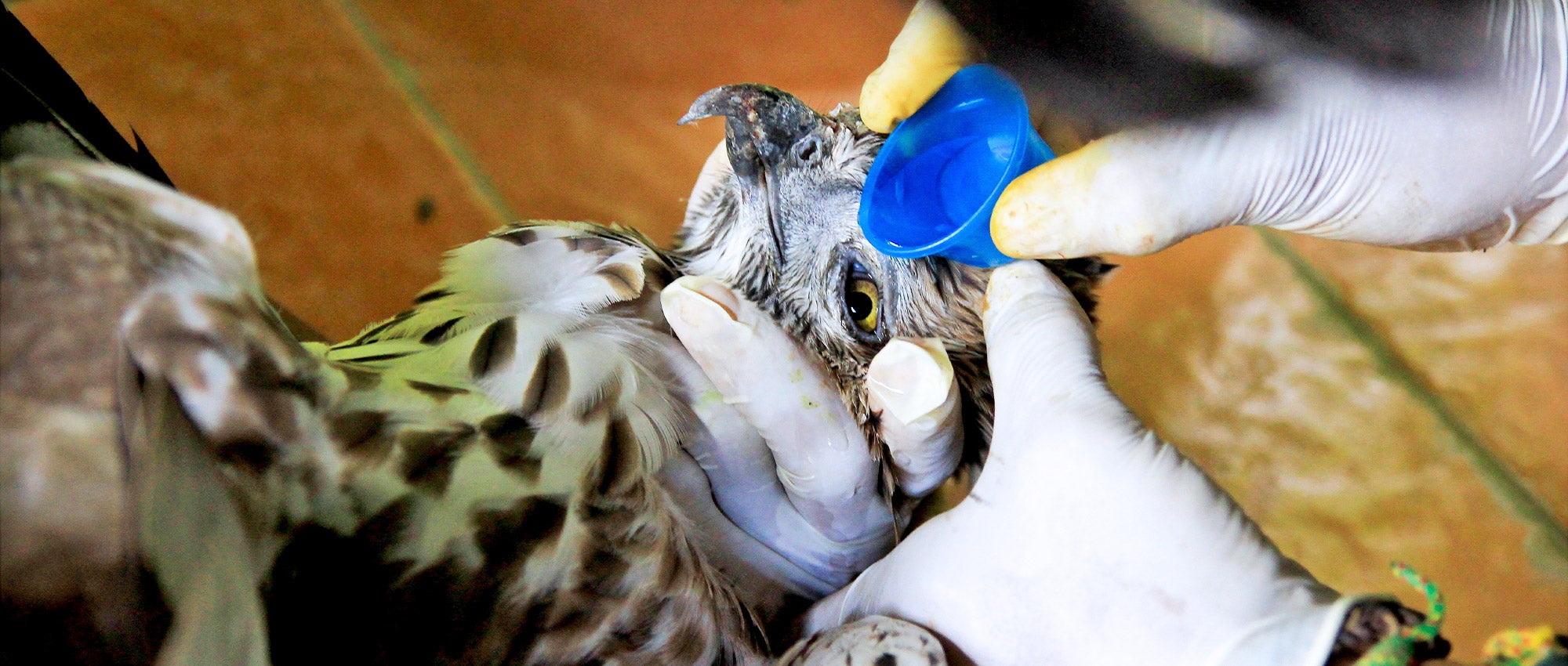Area Resources for Effective Animal Control Burlington Services
Area Resources for Effective Animal Control Burlington Services
Blog Article
Typical Challenges and Solutions in Urban Wildlife Removal Efforts
Urban settings present distinct obstacles for wildlife management specialists entrusted with taking care of or getting rid of wildlife populaces. Recognizing the intricacies included in city wild animals removal is important for developing approaches that stabilize human safety and security with wild animals welfare. This discussion looks for to uncover the elaborate equilibrium required for effective city wild animals monitoring.
Ethical Wildlife Management
Addressing the complexities of moral wildlife administration calls for a balance between human passions and the conservation of wildlife environments. In urban setups, this balance becomes progressively difficult as human development encroaches on wildlife habitats, leading to frequent human-animal interactions. Moral wild animals management in these atmospheres needs techniques that prioritize gentle treatment of pets while alleviating possible conflicts.
One of the core principles in ethical wildlife management is the prevention of harm. This involves using non-lethal approaches for wildlife elimination, such as exemption techniques that stop animals from getting in human homes, or using deterrents that direct them far from metropolitan locations. Wildlife experts are charged with employing approaches that lessen anxiety and injury to the pets, guaranteeing their welfare is thought about together with human security.
Additionally, ethical administration requires educated decision-making based upon scientific study and ecological understanding. It is important to assess the environmental functions of urban wildlife and how their removal might affect neighborhood biodiversity. Professionals must also involve in public education and learning, fostering a broader awareness of coexistence strategies and highlighting the relevance of preserving all-natural habitats. Eventually, reliable honest wildlife management involves collaboration between conservationists, policymakers, and the general public to sustain metropolitan communities.
Browsing Lawful Restrictions
Navigating the lawful landscape of metropolitan wildlife elimination offers a complex layer to the already tough task of moral wild animals monitoring. Lawful limitations are crucial in making certain that wild animals is treated humanely and ecological communities are protected. These legislations vary substantially throughout regions, demanding complete understanding and compliance from those included in wild animals administration. Laws commonly specify acceptable techniques of removal, safeguarded varieties, and licensure requirements, thus shaping the techniques used by experts.
One major difficulty is the continuous development of these laws, commonly driven by ecological adjustments and social perspectives towards wildlife preservation. Therefore, experts need to stay informed regarding current lawful standards and upcoming legislative adjustments. Non-compliance can lead to substantial penalties, lawful implications, and reputational damage.
Structure partnerships with wildlife companies and lawful specialists can give beneficial insights and guidance. Hence, understanding and sticking to lawful frameworks is not merely a step-by-step necessity but an essential part of sustainable and accountable urban wild animals management.

Safety And Security in Removal Practices
Guaranteeing security in wildlife elimination techniques is extremely important to protecting both animal and human well-being. A primary concern in wildlife elimination is the capacity for injury or illness transmission to humans, necessitating the use of individual safety equipment (PPE) such as safety glasses, masks, and handwear covers.
Safe removal practices additionally consist of making use of humane traps made to stop injury. These traps should be regularly kept track of to make sure that pets are not left in distress. Furthermore, it is essential to follow standards that determine the suitable handling, transport, and release of captured wildlife, making sure that the animals are gone back to suitable habitats where they can flourish without positioning additional dangers to urban environments.
Furthermore, education and training for those associated with wildlife removal are necessary. This guarantees that all events understand the most recent security methods and methods, thus reducing the chance of mishaps and advertising a harmonious conjunction between city occupants and wild animals.
Ingenious Deterrent Solutions
While safety and security in wild animals elimination is important, avoiding experiences with metropolitan wildlife with cutting-edge deterrent options can dramatically minimize the need for such interventions. Urban environments, with their abundance of food and sanctuary, frequently bring in wildlife like pigeons, squirrels, and raccoons, causing potential conflicts. Developments in innovation and layout have click here to find out more led the way for imaginative and reliable deterrent methods that decrease wildlife presence without harm.
One such remedy is using ultrasonic tools, which produce high-frequency sounds faint to humans however unpleasant for numerous wildlife species, driving them far from details areas. In addition, motion-activated sprinklers can hinder pets by surprising them with abrupt ruptureds of water, successfully preventing their return. These gadgets are especially valuable in shielding gardens and environment-friendly spaces from foraging animals.

Additionally, the assimilation of clever illumination systems that adjust their illumination and shade can interfere with the nighttime tasks of specific wild animals, reducing their comfort in city settings. Physical obstacles, such as bird spikes and nettings, remain to work as practical deterrents, avoiding animals from nesting or roosting in unwanted locations. Stressing humane and eco-friendly strategies, these developments hold guarantee for lasting urban wild animals management.
Area Education Efforts
Recognizing the significance of area education initiatives is crucial in attending to city wildlife difficulties efficiently. Such campaigns play a substantial role in promoting coexistence in between people and wildlife in metropolitan setups by elevating understanding and advertising liable actions. Informing citizens about neighborhood wildlife species, their habitats, and behaviors can minimize misconceptions and fear, causing even more educated decisions relating to wildlife administration.
Neighborhood education initiatives commonly include workshops, workshops, and outreach programs created to involve residents of any ages. These campaigns can focus on functional guidance, such as safeguarding waste containers, setting up bird-friendly frameworks, and staying clear of feeding wild animals, which helps prevent drawing in pets right into urban areas. By sharing knowledge concerning the environmental functions of wildlife, areas can change viewpoints from seeing pets as hassles to identifying their value within metropolitan ecological communities.
Furthermore, education and learning campaigns can encourage communities to get involved proactively in preservation initiatives. Homeowners that understand the relevance of wild animals conservation are more probable to support gentle removal strategies you can look here and habitat security procedures. Reliable community education and learning requires cooperation between local authorities, wild animals professionals, and community leaders to develop tailored programs that deal with specific city wild animals problems. Such teamwork guarantees that instructional efforts are both impactful and pertinent, cultivating harmonious metropolitan settings.
Conclusion
Urban wildlife elimination requires a multifaceted method, addressing ethical management, lawful conformity, and safety in removal techniques. Using cutting-edge deterrent options and focusing on non-lethal methods are critical for reducing human-wildlife dispute. Community education efforts play a significant function in modifying understandings and encouraging conjunction by cultivating an understanding of wild animals behavior and decreasing attractants. Successful metropolitan wild animals monitoring rests on cooperation among professionals, citizens, and authorities, guaranteeing methods that secure human security while respecting wildlife welfare.
Urban atmospheres present special difficulties for wildlife management specialists entrusted with removing or taking care of wildlife populations. Recognizing the intricacies included in city click to find out more wildlife removal is critical for creating methods that stabilize human safety with wildlife well-being.Browsing the lawful landscape of urban wild animals removal provides a complex layer to the currently tough job of ethical wildlife administration.While safety in wildlife elimination is important, stopping encounters with metropolitan wildlife through ingenious deterrent solutions can substantially decrease the demand for such treatments. Effective metropolitan wildlife administration pivots on cooperation amongst experts, locals, and authorities, ensuring methods that protect human security while valuing wildlife well-being.
Report this page